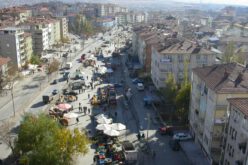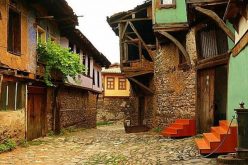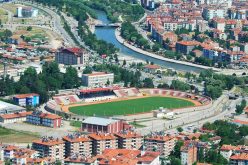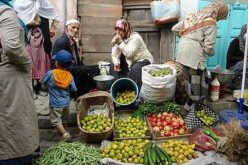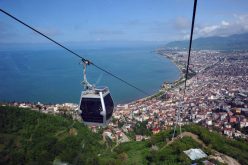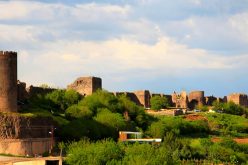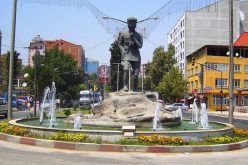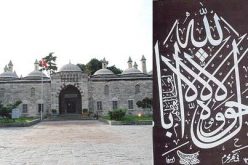Kayseri
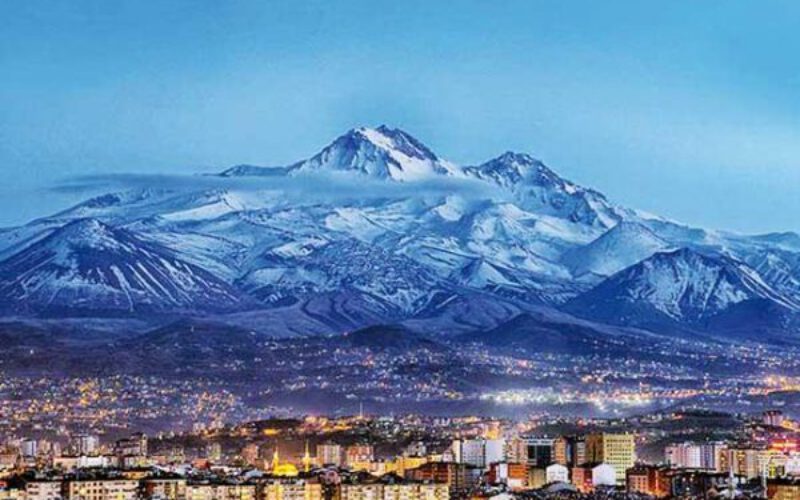
Kayseri
Kayseri has been one of the most important trade centre in Anatolia over the history. Located in the right centre of the Turkey country, it has the feel of a modern, busy city but also has a strong traditional and religious atmosphere. The setting is spectacular, with the mountains of Erciyes Dagi (Argeus) and Kara Dagi in the background, a snow-capped volcano and green fields, and the nearby Sultan sazligi bird sanctuary. The city is also well known for its textile and carpet industry, and has impressive monuments that reflect its history. Kayseri has always been a popular option as a base to explore Cappadocia.
Inhabited since 3000 BC, Kayseri was an important trade center, particularly as a stop along the Silk Road. The city is thought to have had three golden ages, first in 2000 BC as a trading post between the Assyrians and Hittites, next under the Romans in 200-300 AD, and finally as the second Seljuk capital from 1178 to 1243. The city was also the home town of the famous architect Sinan, and played host to the Turkish Grand National Assembly when Greek forces neared Ankara during the Turkish civil war.
Places to Visit ;
Ancient Cities
Kultepe (Kanis Karum), the literally meaning is Hill of Ashes, this settlement dates back to 4000 BC and is 20km northeast of Kayseri. It composes of an Assyrian trading colony called Karum, and a tumulus 500m diameter and 22m high. The town of Kanis was prominent from around 2500 BC, and it was the centre of Anatolia’s most prominent kingdom. It is possible to pick out the houses, roads and shops from the site, which is accessible to visitors, and is opposite the tumulus. It is now a famous open-air museum, having been rediscovered in 1881. Excavations since then have unearthed items from Assyrian, Roman, Persian and Hittite periods, including letters on tablets of stone written in the Assyrian language which are the oldest written documents of Anatolia. The best of the finds are exhibited in the Museum of Anatolian Civilisation in Ankara.
Castles
Kayseri Ramparts and Castle is at Cumhuriyet Boulevard, are constructed on 3rd century, and narrowed & repaired in the middle of 6th century. Ancient castle of Kayseri city is composed of two parts: internal castle and external castle, composed of external ramparts and bastions.
Mosques
Important mosques of the city are Ulu Mosque, Güllük Inn, Hacıkılıc, Kurşunlu and Kale Mosques, which are at the city center. Avgunlu, Cifte, Sırcalı, Şah Kutlu Hatun, Ali Cafer, Kösk vaults as well as Melik Mehmet Gazi and Seyyit Burhanettin mausoleums, which are at the city center, are the important ones.
Monastry & Churches
Soğanlı Valley, in which there are about 50 rock churches and caverns is also an important tourism center.
Caravanserais
Sultan Caravanserai is situated 50 km northeast of Kayseri, this was constructed during the reign of the Seljuk Sultan Alaattin I. Keykubat, between 1232 and 1236. Its best features are the adornments on the door and internal architecture, especially the intricate snake motif on the mosque arches. It is the second largest caravanserai in Anatolia, and has been beautifully restored.
Karatay Caravanserai in the village of Karadayi, was constructed in 1255 by one of the Seljuk viziers, Celalettin Karatay. Reliefs on the mausoleum and columns are great examples of Seljukian masonry. Inside the left portal is an unmarked tomb, decorated with animal figures, and the ceiling inside the tomb is painted blue to mimic the skies.
Kara Mustafa Pasa Caravanserai was a part of a new town built in 1667 for Emir Kara Mustafa Pasa has been one of the Ottoman viziers. The complex also contains a mosque and hamam, a medrese and bazaar with 30 shops.
Vezirhan Damat Ibrahim Pasa Caravanserai was constructed this two-layered inn, part of the city’s Kapali Carsi (Covered Market) in 1727. It has a fountain in the middle of the courtyard, which draws attention to the interesting architecture. It sells wool and raw cotton on the ground floor, and Kayseri carpets on the upper.
Bedesten is a ceiling cover, composed of three bid domes and cupolas within the covered market. It was constructed on 1497.
Covered Market Kayseri, which is one of the four biggest covered market of Turkey and has four entrance gates, was constructed by public on 1859.
Thermal Springs
Bayramhacı Thermal Springs is 65km west of Kayseri, has 55 rooms and 140 beds and has two pools for men, and two for women. The water is between 38ºC and 40ºC, and is good for the treatment of rheumatism, skin, heart and blood circulation, respiration system and gynaecological disorders.
Tekgöz Thermal Springs with one pool each for men and women, these thermal springs, in the Yem isliha district 33km from Kayseri, are at a temperature of 43ºC. The waters here are said to treat rheumatism, skin, respiration system, kidney and urethras, and gynaecological diseases.
Natinonal Parks
The Aladaglar National Park is in the province of Nigde, south of Kayseri, and lies 30km from Yahyali.
The park has extremes of climate, with hot summers and very cold and snowy winters, with snow-capped peaks throughout the year. There is also a huge difference between night and day temperatures, with the lake usually freezing at night yet can reach up to 30°C during the day.
The most common species of plant life is black pine and cluster pine trees, with some cedar dotted between, and fir trees in the northern areas with higher humidity. The Alpine region, from the upper borders of the forest, has pastures with rocky areas and little variety of plant life because of the high altitude and slope.
Lake and Waterfalls
Kapuzbası The Yahyali Waterfalls is 70km south of Kayseri, have seven different levels whose heights vary between 30 – 50m, and fall into the Zamanti river and eventually to Seyhan. This series of waterfalls, one of the most important in the world regarding flow rates and heights, is something of a natural phenomenon.

